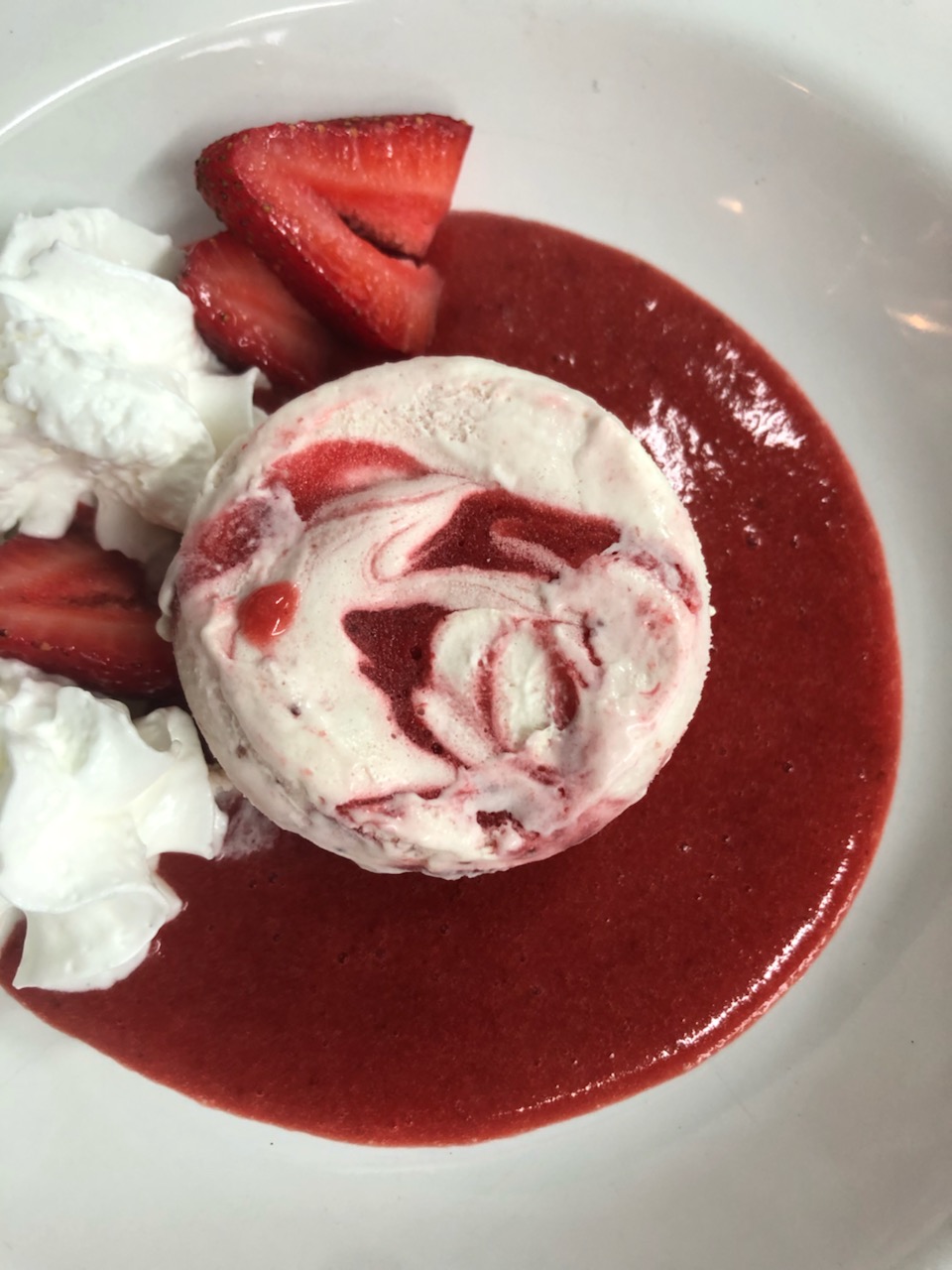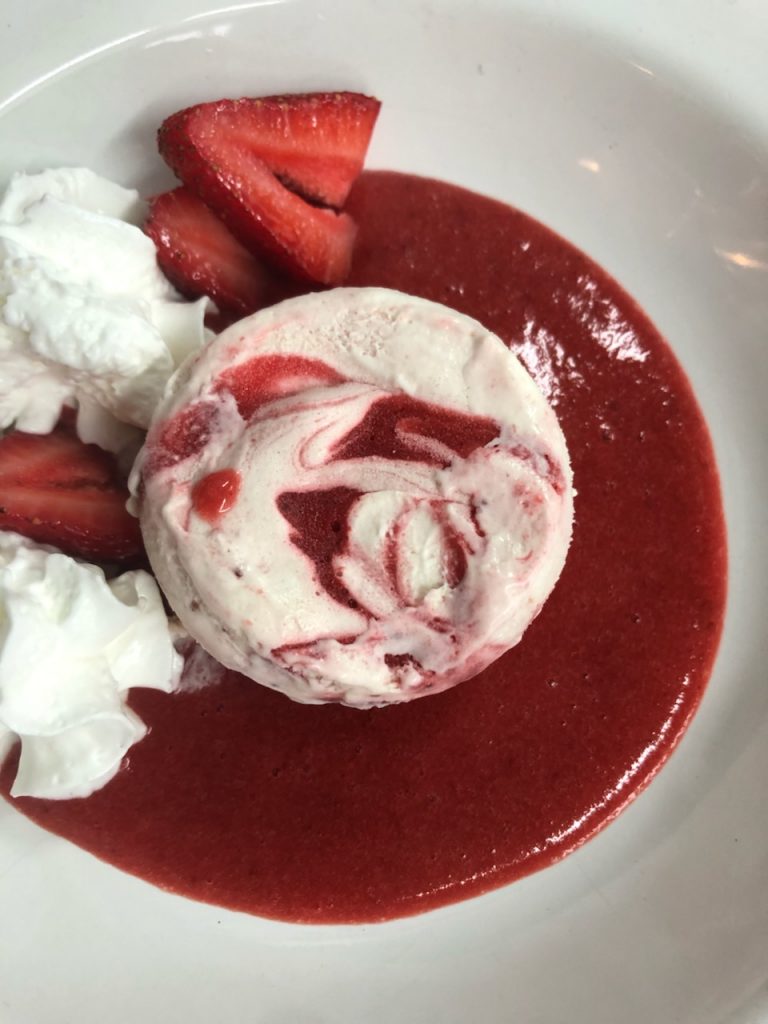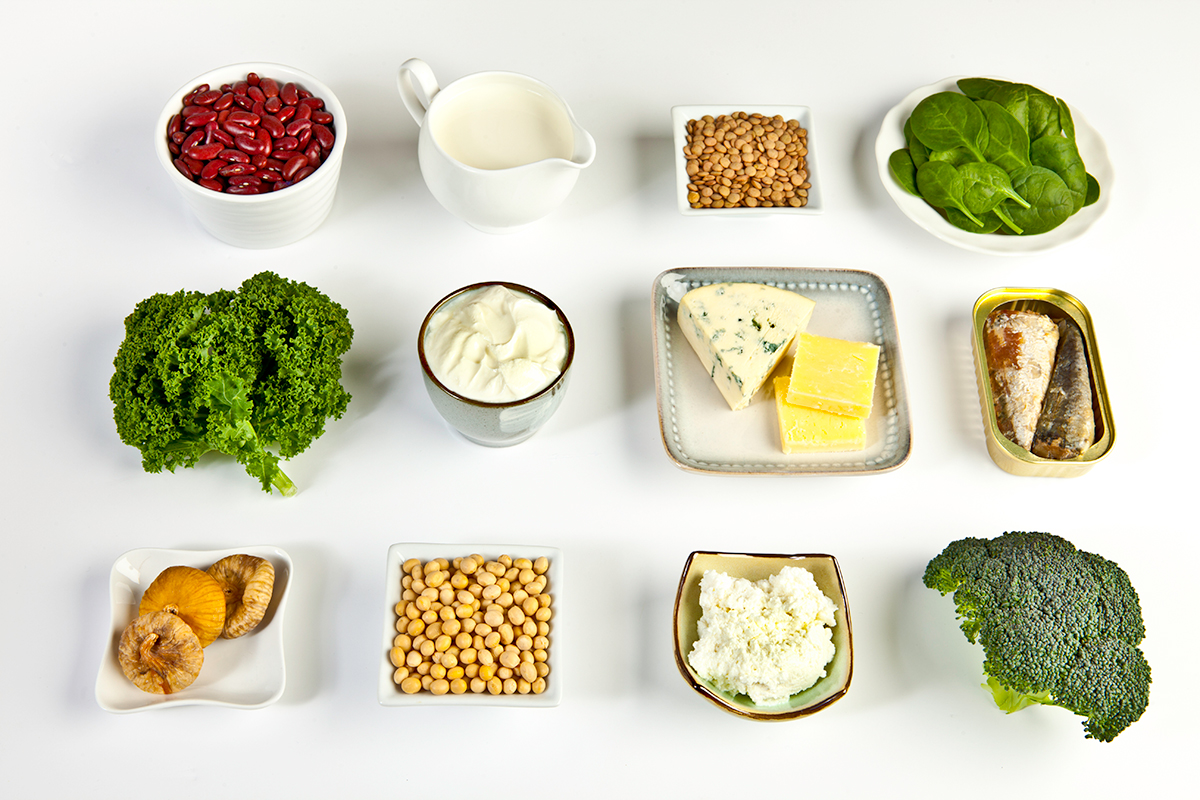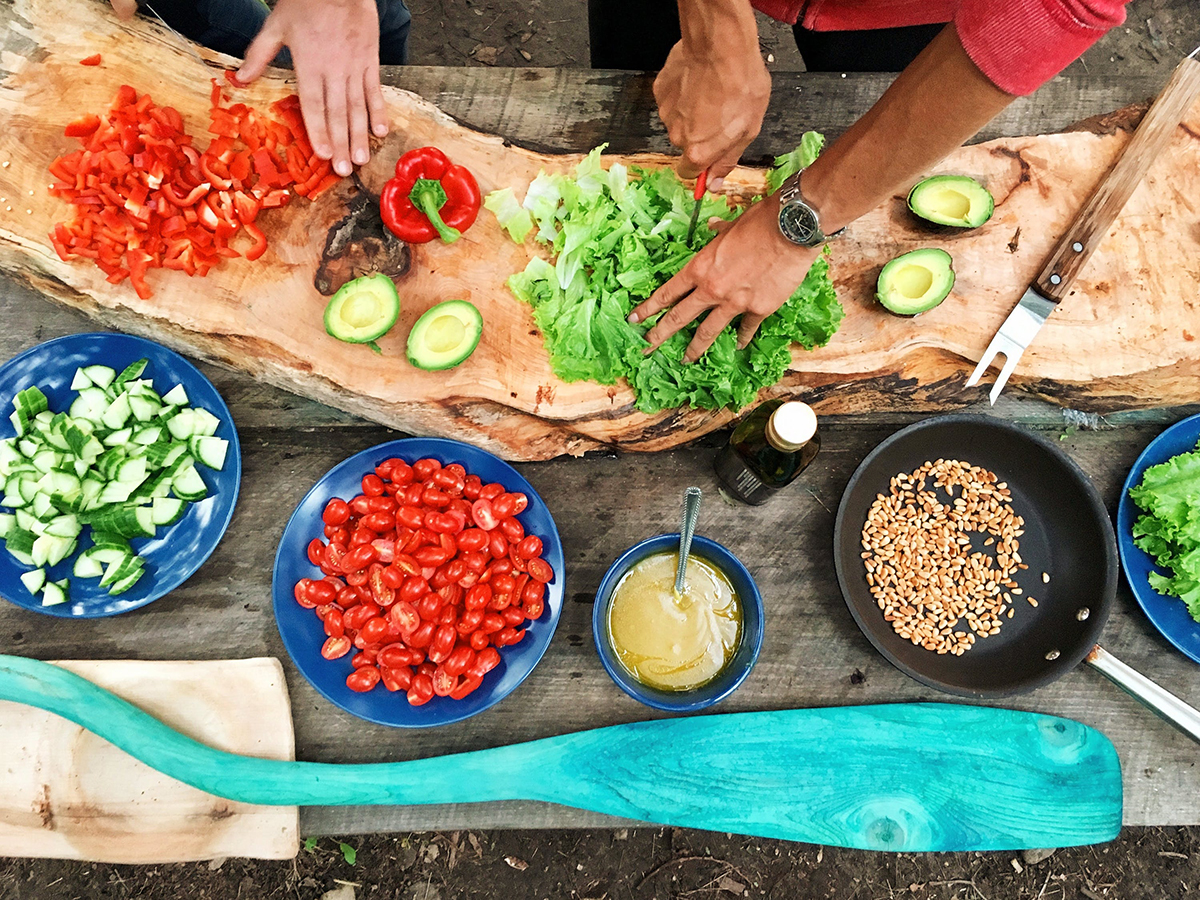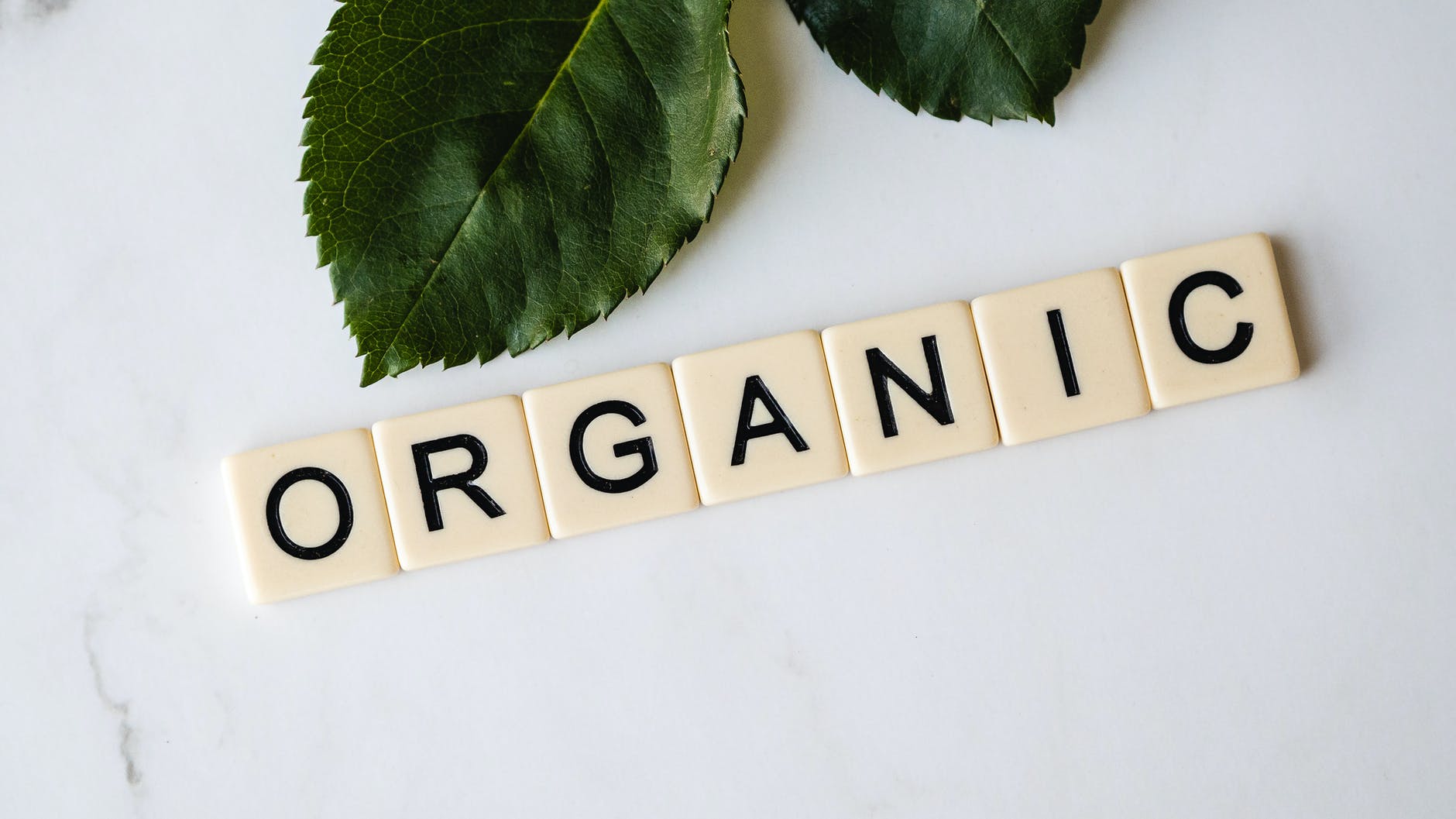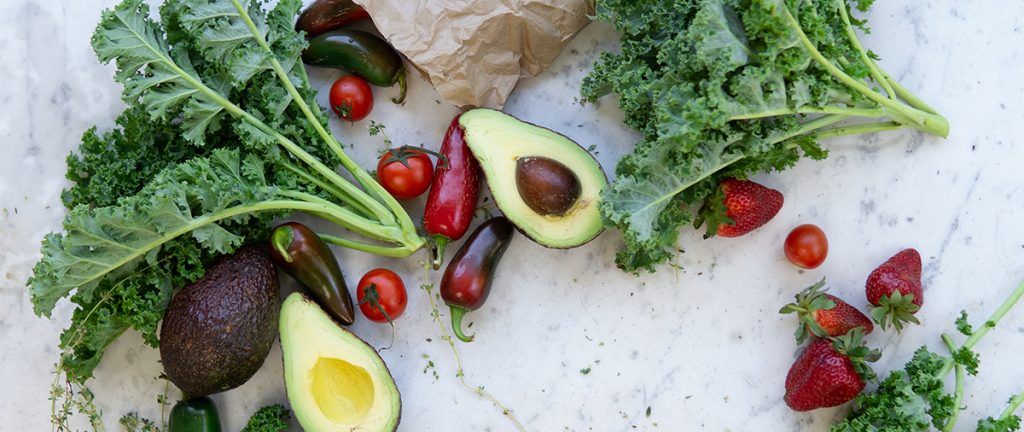The Cops & Robbers of Cancer
One of our favourite games as kids is now one of the most powerful determinants of sickness or health – the cops and robbers in our intestinal tract – better known as “good bacteria” or “bad bacteria”. Over the last ten years, the function of our “gut microbiome”, is finally gaining the research and respect that it so deserves.

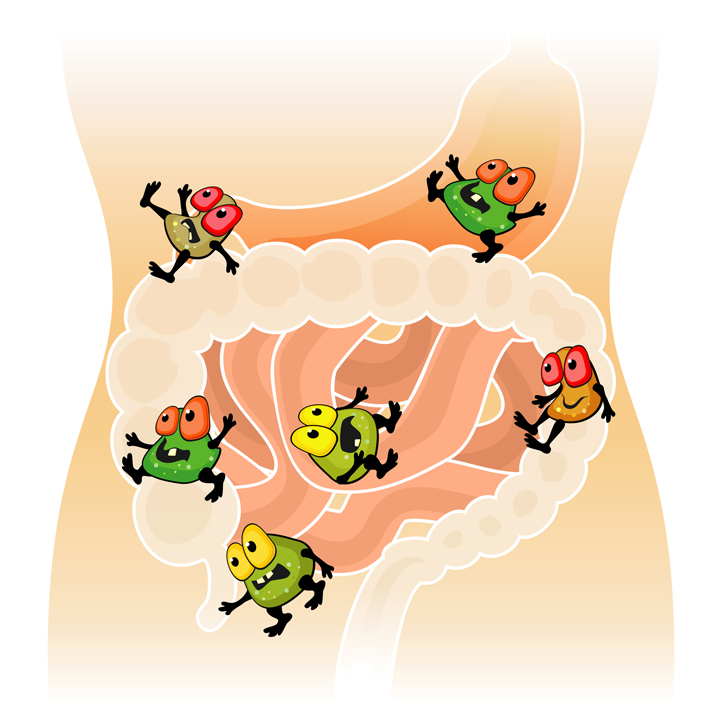
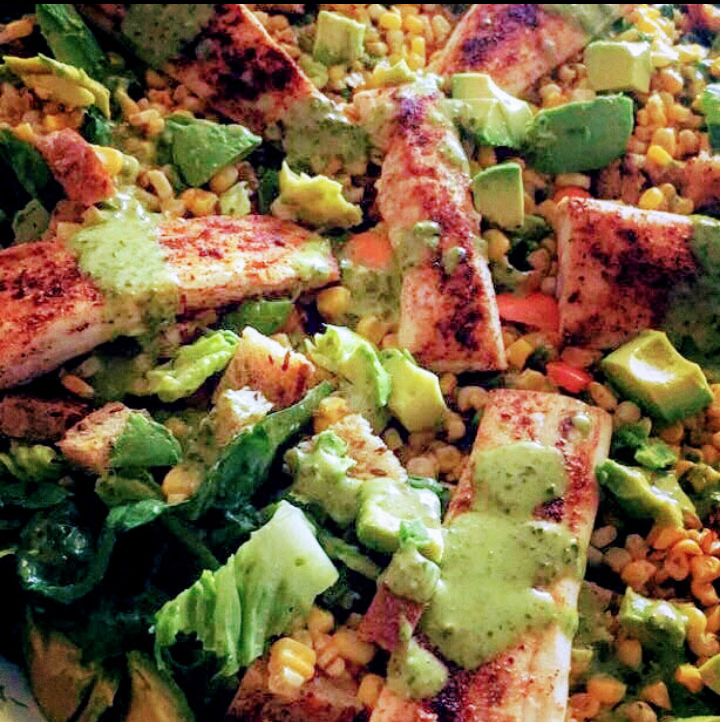
 Summertime is the season for fresh herbs. If you don’t like cilantro, flat-leaf parsley works well.
Summertime is the season for fresh herbs. If you don’t like cilantro, flat-leaf parsley works well.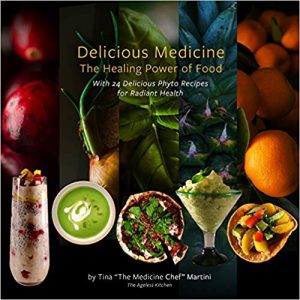
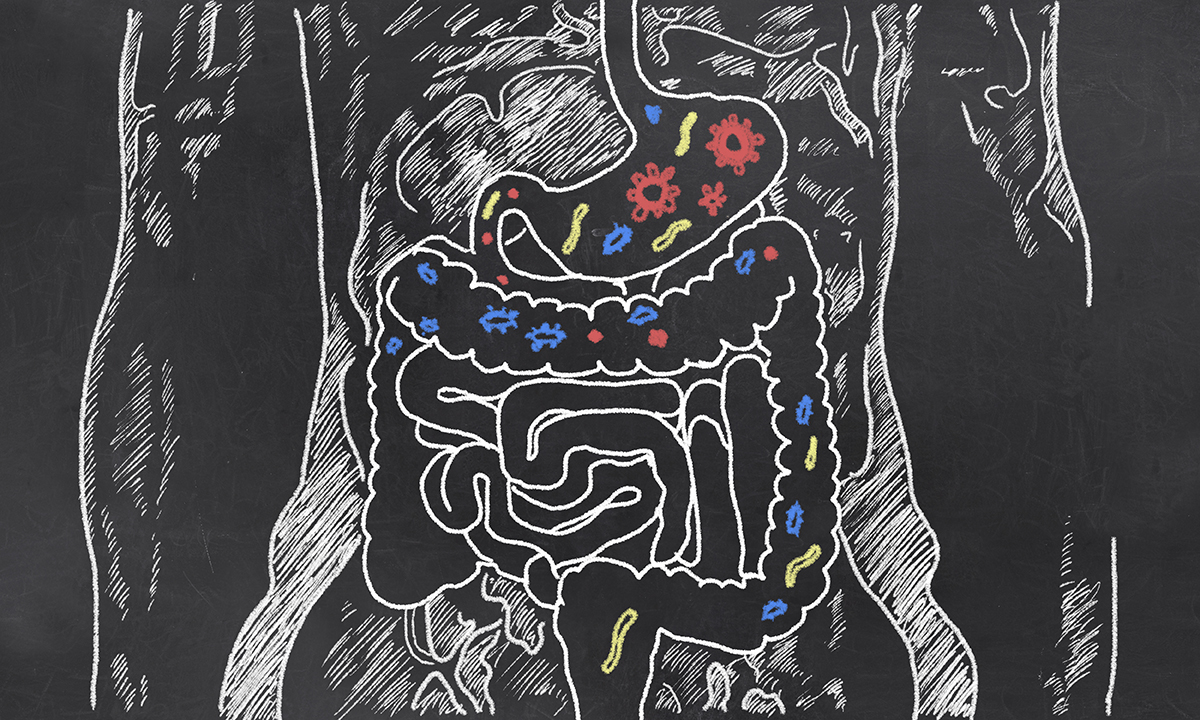
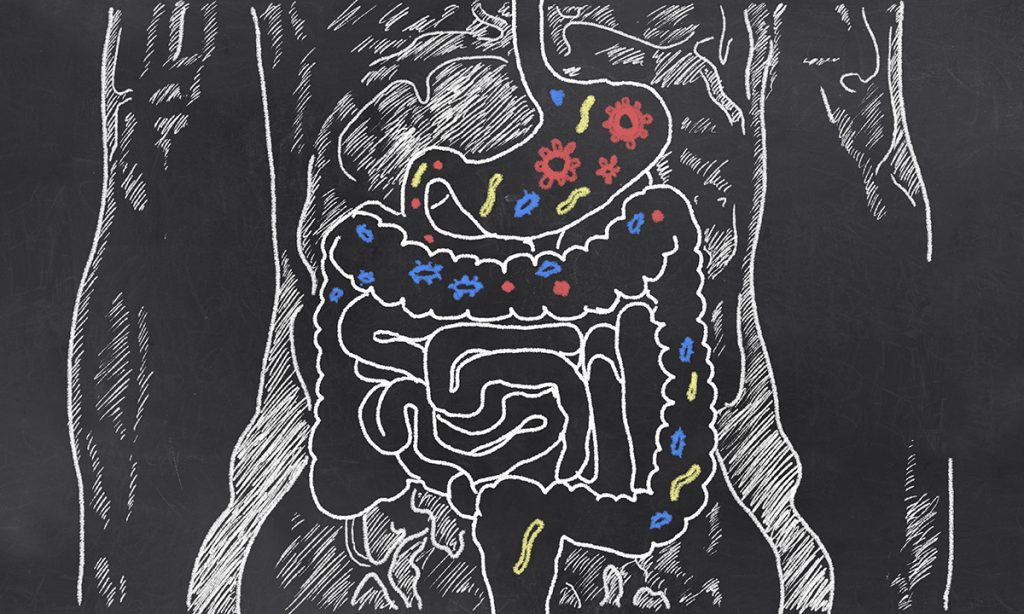 Stay calm. Being anxious about intestinal issues can exacerbate the problem. Think positive. Trust that your gut is adaptable and trainable. Record what, when, and how much you eat, as well as the duration and intensity of your exercise. Use that data to help you figure out what foods and fluids settle best. Building body trust can reduce anxiety—and that can reduce GI issues. That said, precompetition nerves can affect any athlete, regardless of GI hardiness!
Stay calm. Being anxious about intestinal issues can exacerbate the problem. Think positive. Trust that your gut is adaptable and trainable. Record what, when, and how much you eat, as well as the duration and intensity of your exercise. Use that data to help you figure out what foods and fluids settle best. Building body trust can reduce anxiety—and that can reduce GI issues. That said, precompetition nerves can affect any athlete, regardless of GI hardiness!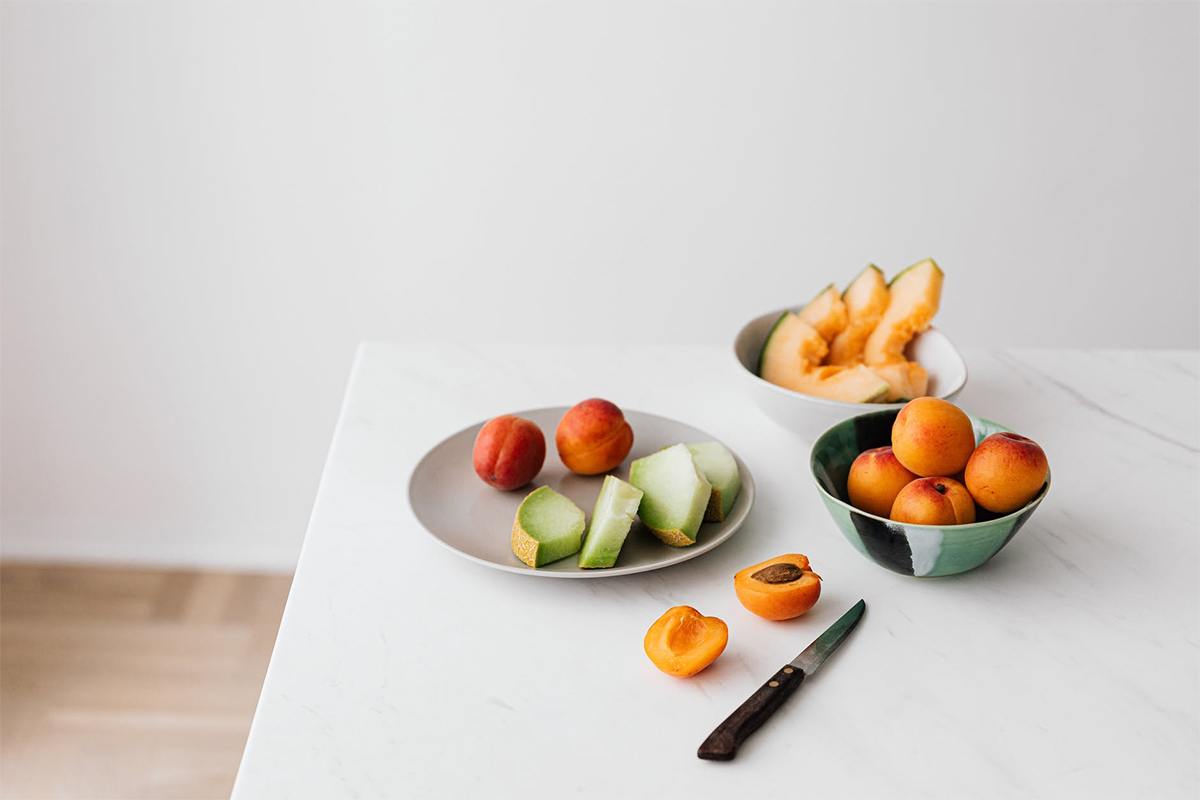

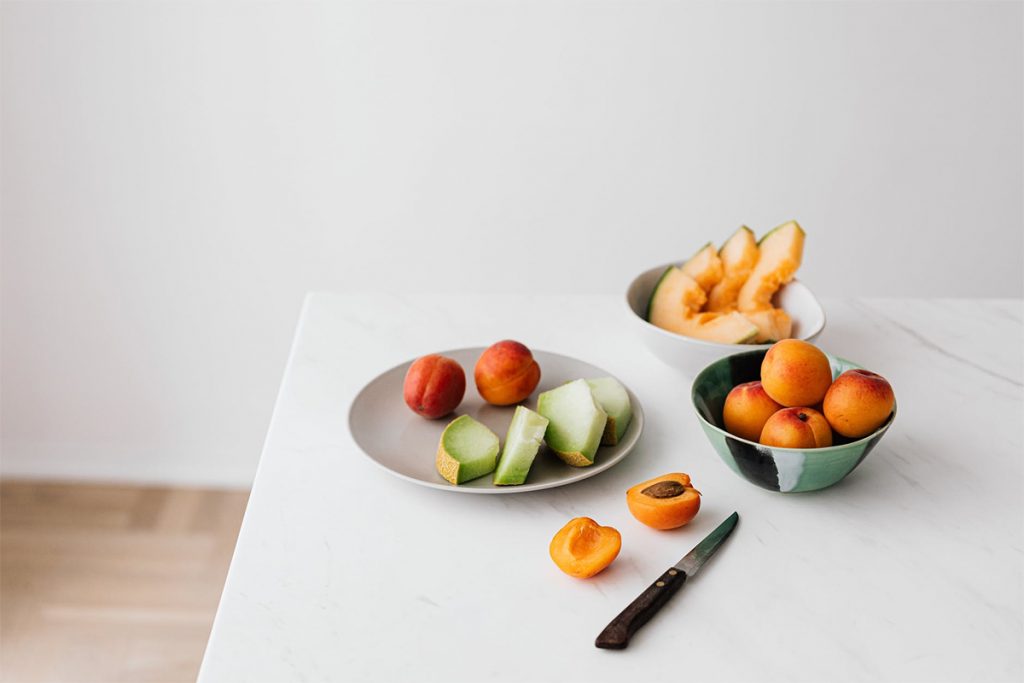 What-to-Eat Rx: Fresh, Whole, Inverse
What-to-Eat Rx: Fresh, Whole, Inverse